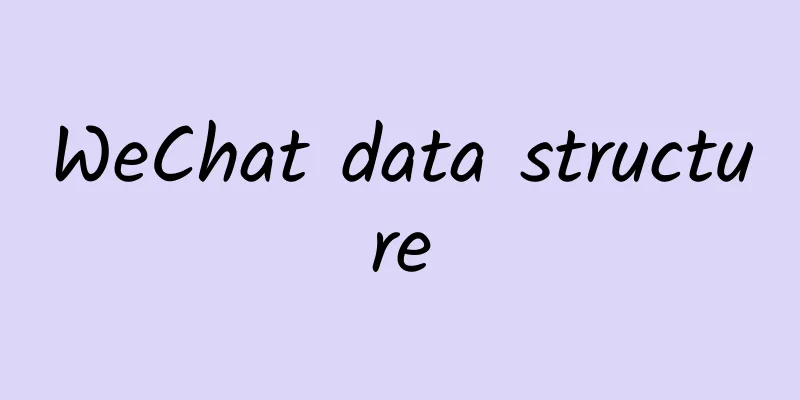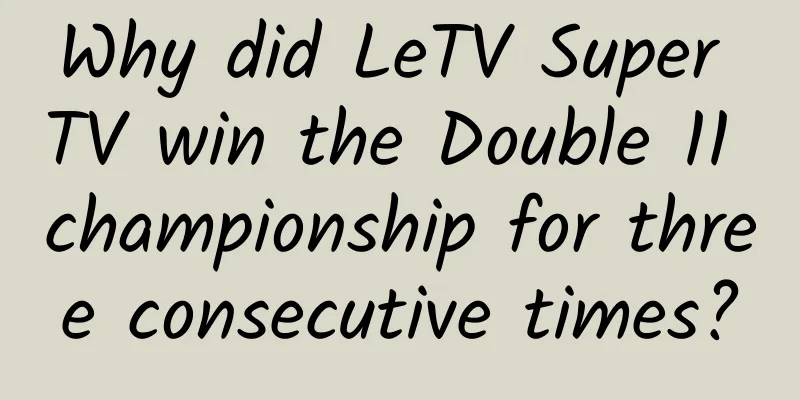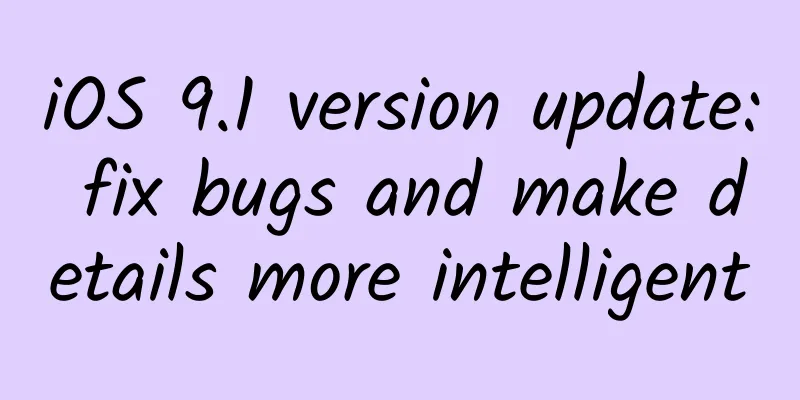Analyst Benedict Evans: What changes will happen to the mobile ecosystem in the future

|
Editor's note: The development of smartphones has entered its seventh year. It has accelerated complexity in three aspects: first, the users have expanded from middle-class families to almost everyone; second, the Internet terminal has changed from PC to mobile device; third, the simple web browser, mouse and keyboard model that has lasted for 20 years has become a complex multi-layer model. What changes will happen to the mobile ecosystem in the future? Benedict Evans raised his new questions in this field.
Smartphones are now in their seventh year, and old questions have either been answered or are no longer relevant, while new ones have emerged. The final stage of the platform war has been concluded: Apple and Google have both won. Apple wins by quality, Google wins by quantity. About 1.8 billion mobile phones (including feature phones) are sold worldwide each year, of which Apple gets 10% (high-end phones) and Android gets 50%. About 2/3 of the Android share is outside China, using Google Android, and China accounts for the other 1/3, which is non-Google Android. It is expected that the sales volume of mobile phones will reach 400-500 million per quarter in the future, and almost all of them are smartphones. The number of mobile phones in the world will reach 4 billion. Although Apple's sales account for only a small part, the positioning of Apple's mobile phones and Apple's execution capabilities mean that Apple can obtain a larger share of traffic in developed markets and will control most of the content and e-commerce revenue. So Apple's ecosystem is sustainable, and so is Google's. So what will happen next? The evolution of Android OEMs Samsung’s dominance of half the Android market and nearly all the profits is changing. The disruptor is not the traditional manufacturers, but the rise of Chinese brands. Chinese brands are dominating the domestic market. How will it develop in the future? Will Xiaomi and its ilk establish a global mid-range brand? How many local brands will emerge? Will other Chinese OEMs do the same? Terminals have always been a game of scale, but can small local brands play this game by leveraging the scale of the entire Shenzhen ecosystem rather than developing their own scale? Can anyone eventually replace Apple in the high-end market? Where is Android going? Companies like Xiaomi point to the second Android question—what will Android become? So far, “non-Google” Android has been constrained in two ways. First, Google is largely absent from the Chinese market, so almost all Chinese Android devices lack Google services, but this is not a broader strategic issue for Google. Second, Amazon tried to start over with the Kindle Fire product line, but the Fire tablets are niche products, and the Fire Phone has performed poorly, partly due to the lack of Google services. Meanwhile, efforts by mainstream Android OEMs to add their own differentiation layer on top of Android have largely failed. But things are changing a bit now. One is that Xiaomi's efforts to add a layer of differentiation seem to be paying off. So far, using Google services outside of China is still good, but this may not last long. On the other hand, Cyanogen has created space for more companies to experiment with what kind of "Android" to make. The key to Google's control over Android is Google Play Services. Google uses this set of APIs and apps that are placed on Android in the same way that Microsoft uses Office and Windows - a pair of levers that must be used together and sold in a bundle with Android phones. The common assumption is that it's impossible to sell a phone outside of China without Google Maps and an app store, as that phone would be just a basic feature phone. But in reality, no one except Amazon has really tried to do this. Currently, there are signs that usage of Google Maps on iOS is very low. This may be because although many of Google's mobile services have a wide customer base, they are not very deep. At the same time, since the mainstream Android OEMs who try to sell "official" Android are generally unprofitable, and with the increasing number of small manufacturers based in Shenzhen (who don't lose much even if Google doesn't give them their own versions in the future), more people will try this. This leads to a deeper question about Android - what will Google have in 5 years? Will it have a Chrome phone, with Android as a legacy OS on top? Google has already made efforts to make Android run on Chrome (and vice versa), is this the future of Google's platform? If so, does this mean that others' attempts to build their own platforms on top of it will be more or less limited? Interaction patterns, messaging, and aggregation layers Google's move to reposition "Android" was partly about control, but more deeply about changing the interaction model for smartphones. Obviously, apps have always been a structural problem for Google, because their content is not visible to search, and more importantly, not linkable to search results, whether paid or free. HTML5-style "web apps" have proven to be unworkable for a variety of reasons, but the underlying problem with those apps remains: on the web, you can link to anything, but on mobile, you can't, everything is in silos. The answer to this problem remains elusive. One answer might be to return to the web, and Android 5 (Lollipop) clearly attempted to blur the lines between app and web. However, whether this return is the answer is unclear: technology tends to move forward, solving old problems while creating new ones, but it generally does not return to old solutions and old problems. We did not solve the web's problems by rebuilding AOL; Google and Facebook did. However, the search model that Google created on the web does not work on mobile devices - mobile is a combination of "post-Netscape" and "post-Pagerank." But under the same model, the web under Google's rule as a paradise lost before the fall of mankind still has a lot of problems. Now the aggregation and discovery layer is shifting from everything being bundled inside a web browser and accessed through Google (itself bundled) to individual app icons unbundling content from the web. At the same time apps bundle all the content on a website, making it impossible to link directly to a specific page. So now we have both deep links that allow you to enter stovepipes (silos), and rich actionable notifications that unbundle content from silos. We also have cards appearing everywhere (delivered in different ways) as another metaphor for unbundling. This, in turn, raises new questions. Deep linking doesn’t necessarily fit into the interaction model of apps, but it’s not clear who should do it — should it be done at a higher level (Facebook, Google on iOS) or should the platform owners develop it themselves? Meanwhile, notifications have become the new feed, and the message panels on iOS and Android have begun to become overwhelmed. This is reminiscent of Zawinski's Law if one were to extend email to include messages: every program would try to extend itself to read email. And those that can't will be replaced by those that can. China is now adopting messaging as a new interaction model (original, translated). Apps there are moving the aggregation and discovery layer from app stores and home screens to apps of Internet platform providers (although there are still 5 or 6 app stores on Android for convenience). In other words, content is unbundled from the web browser, but now it is in the app, which actually forms a new binding, and then unbundled again in the form of messages and notifications, and then bound to the messaging app or notification panel. This does not even consider things like email and Slack (unbundling workflows from email and moving them into apps to notify you). So, the question is, how many times will this app/web/mail/message in and out model be tossed around? Facebook and Amazon Earlier we raised the question of whether the fundamental platform-level interaction patterns can be changed by third parties, or whether it is something that only Apple and Google can do. But Amazon and Facebook can play a role if they want to. The web browser is a neutral, unmediated platform, but the smartphone is not. What the platform owner does affects the discovery and interaction of everything. This is why Android exists, Google is afraid of what Microsoft might do, and it is also a big reason why Facebook and Amazon are eyeing the interaction patterns with FirePhone and Facebook Home. So far, they have not figured out how to find their place at the gatekeeping level of the entire technology stack (the aggregation layer that controls the home screen), but these players are not going to give up trying. Facebook is now trying to build a meta-layer on top of Android and iOS to enable deep linking and work sharing within apps. How far can Facebook go? Will this (or deep linking more generally) be built by ordinary owners? What will Amazon (who also has a search and linking business) do next? Wearables—Endpoints for Cloud and Messaging ***One issue is wearables. At least for now, wearables are the end nodes of cloud services, but smart watches can only serve as message and notification devices due to the limited screen size. If wearable technology is to become popular, it still has to respond to the more generalized question of what the broader interaction mode should be like and where messages and notifications should be placed. Going further, things like Oculus and especially Magic Leap may also make more fundamental changes to popular interaction modes, but it is still too early. scale But more importantly, we already have about 2 billion smartphone users, nearly 4 billion people have mobile phones, and it is estimated that there will be 3.5 to 4 billion smartphone users in the future. This is considerable compared to the 1.6 billion PCs (half of which are enterprise users) - the number of smartphone consumers is 5 times that of PC consumers, and these devices are basically inseparable from users, with various apps and sensors on them, which are much more complex than PCs and should be regarded as Internet devices. It’s hard to describe how big this change is. For the first time in history, the technology industry has sold things to four-fifths of the world’s adults who are not big corporations or the middle class—to people who live without water or electricity, who save money on cigarettes and give it to mobile. This means accelerating complexity in three ways: from middle-class families to everyone, from PCs to mobile, and from the simple model of web browsers, mouse and keyboard that has lasted for 20 years to complex, multi-layered devices, and everything is still changing. And that’s the fun of it. [This article is translated from: ben-evans.com] |
<<: From amazing to declining: Two years of Google Glass
>>: Taichi jailbreak v1.2.0 released to crack iOS 8.1.2 in half a day
Recommend
Webb telescope discovers mysterious galaxies that shouldn't exist
In February 2023, Nature magazine announced an im...
Tetris source code
Complete source code: 【File】 Fangkuai.java packag...
What are the "black spots" on Chinese cabbage? Can you eat it?
In the cold winter, doesn’t it feel comfortable t...
How to improve SMS ROI? I have 6 thoughts!
Every time there is a big sale, major online stor...
What is the unknown fate of shared bicycles?
The shared bicycle industry has been in the news r...
Acne-prone skin! Are acne patches just a waste of money or a magical tool? ?
Eating hotpot, drinking milk tea, staying up late...
Is there online fraud in the animal world? This is not about money but about life! | Species Chat
We often say that we should be careful of online ...
Redhat Red Hat RHCE8.0 Certification System Course
Introduction to Redhat RHCE8.0 certification syst...
Tesla puts brakes on Gigafactory expansion plan, will focus on increasing capacity at existing facilities
Foreign media reported that Panasonic, Tesla'...
Rumor has it that Google has another personnel change: Are Android and Chrome really going to merge?
[[121331]] According to foreign media reports, pe...
Electric Technology Car News: Don’t rush to buy Volkswagen DCT dual-clutch. Read the article before deciding.
Dual clutch is a fashionable word in recent years....
If you turn on WiFi, your phone will be attacked fatally?
In the early hours of this morning Beijing time, ...
Planning activities: four efficient promotion methods
Today's article would like to share with you ...
#千万IP创科普# Today in the history of science and technology | 1992·9·11 my country's low-temperature nuclear heating reactor refrigeration experiment was successful
On September 11, 1992, the refrigeration experime...
University of North Carolina: Research finds that GPT-4o’s moral reasoning ability outperforms human experts
Artificial intelligence may already be better tha...









